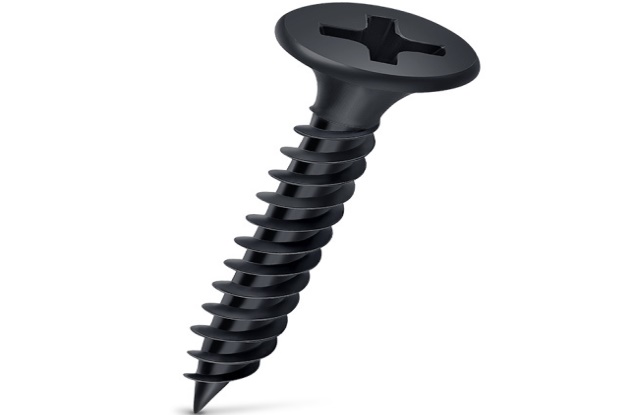Tailored Screw Arrangement Techniques for Efficient Drywall Installation
Custom Screw Pattern for Drywall A Detailed Guide
When it comes to installing drywall, the fastening method is crucial to ensure a durable and professional finish. Traditional methods often rely on standard screw placement; however, custom screw patterns can enhance the integrity and appearance of your drywall installation. This article will explore the significance of custom screw patterns, their benefits, and practical tips for implementation.
Understanding Drywall and Its Structure
Drywall, or gypsum board, is a widely used material in residential and commercial construction. It offers an efficient and cost-effective solution for walls and ceilings. Typically, drywall sheets are attached to wooden or metal studs using screws or nails. The standard installation pattern suggests screwing along the edges and in the field (the central part) of each sheet. However, leaving room for custom patterns can cater to specific structural needs and project requirements.
Why Use a Custom Screw Pattern?
1. Enhanced Stability Custom screw patterns can improve the overall stability of the drywall installation. By strategically placing screws based on the layout and design of the stud framework, you can minimize the chances of sagging or cracking over time.
2. Load-Bearing Considerations If your drywall installation will support additional weight from shelves, cabinetry, or heavy fixtures, a custom screw pattern can provide increased support where needed. Placing screws closer together in load-bearing areas helps distribute weight more evenly, reducing the risk of failure.
3. Seam Alignment Custom screw patterns can help align seams more effectively, especially in larger installations or when working with irregularly shaped walls. By controlling the positioning of the screws, you can ensure tighter seams that are less prone to visible cracks during the finishing process.
4. Personalized Aesthetics Custom patterns can also serve aesthetic purposes. Considerations such as texture and finish can be enhanced by adjusting the placement of screws to minimize the visibility of joints and create a smoother overall appearance.
Implementing a Custom Screw Pattern
custom screw pattern for drywall

To create an effective custom screw pattern, follow these steps
1. Plan Your Layout Before installation, assess your wall layout, including stud placement. Mark where the studs are located and determine the best screw pattern based on the desired finish and the load you anticipate on the wall.
2. Consider Distance and Frequency A common recommendation is to space screws approximately 12 inches apart along the edges of the drywall and every 16 inches in the field. For a custom approach, assess whether closer spacing is required based on the load or the specifics of your wall design.
3. Use a Level For consistent screw placement, use a level to ensure that the drywall sheets are straight and that the screws are positioned accurately. This method helps maintain evenness across your installation and contributes to better aesthetics.
4. Test Shapes and Patterns If you're working on an intricate design, consider experimenting with different screw patterns on a small section of drywall first. This trial can help you visualize how different placements will affect the overall look and functionality of the wall.
5. Pre-Drill Holes In some cases, pre-drilling holes can help prevent the drywall from cracking and ensure accurate placement of screws. This technique can be particularly useful when working with thicker drywall or in situations where precision is crucial.
6. Use Quality Screws Invest in good-quality screws designed specifically for drywall. Self-drilling screws or those with a bugle head can ensure a flush finish and greater holding power over time.
Conclusion
Custom screw patterns for drywall installation offer more than just a unique approach to fastening—they enhance the structural integrity, support weight-bearing applications, and improve overall aesthetics. By taking the time to plan your screw placement thoughtfully and strategically, you can elevate your drywall project from ordinary to exceptional. Whether you're a DIY enthusiast or a seasoned contractor, exploring custom screw patterns can lead to more robust and visually appealing results, ultimately leading to a successful and satisfying drywall installation.
-
Top Choices for Plasterboard FixingNewsDec.26,2024
-
The Versatility of Specialty WashersNewsDec.26,2024
-
Secure Your ProjectsNewsDec.26,2024
-
Essential Screws for Chipboard Flooring ProjectsNewsDec.26,2024
-
Choosing the Right Drywall ScrewsNewsDec.26,2024
-
Black Phosphate Screws for Superior PerformanceNewsDec.26,2024
-
The Versatile Choice of Nylon Flat Washers for Your NeedsNewsDec.18,2024










